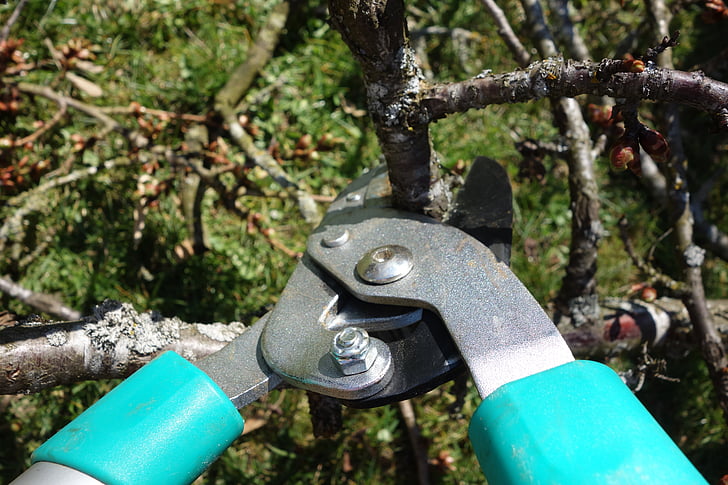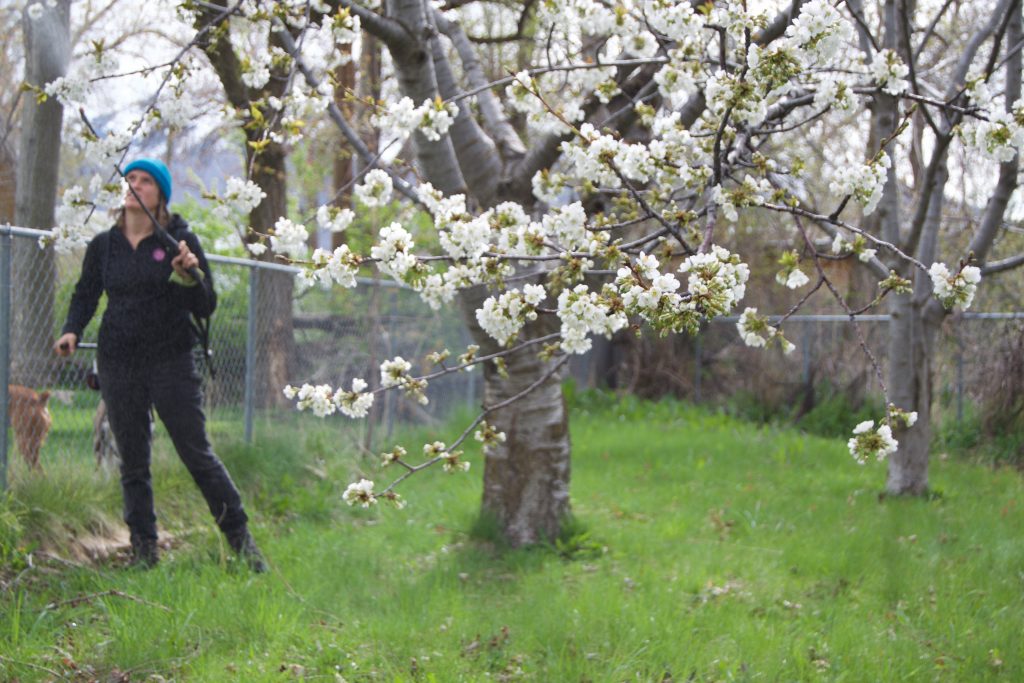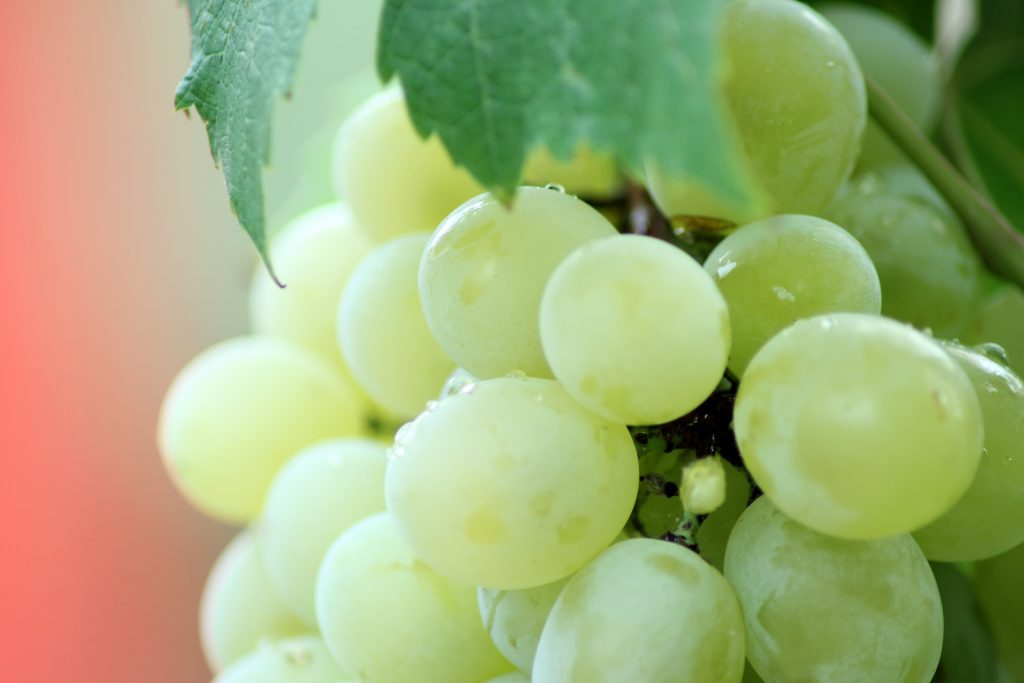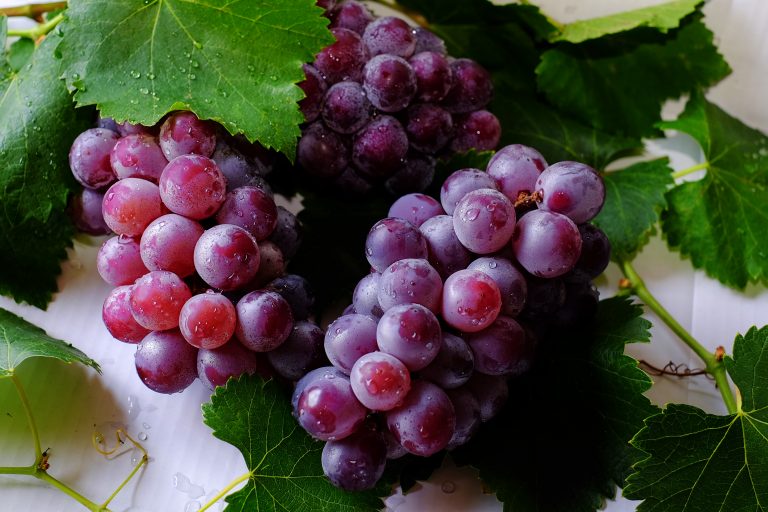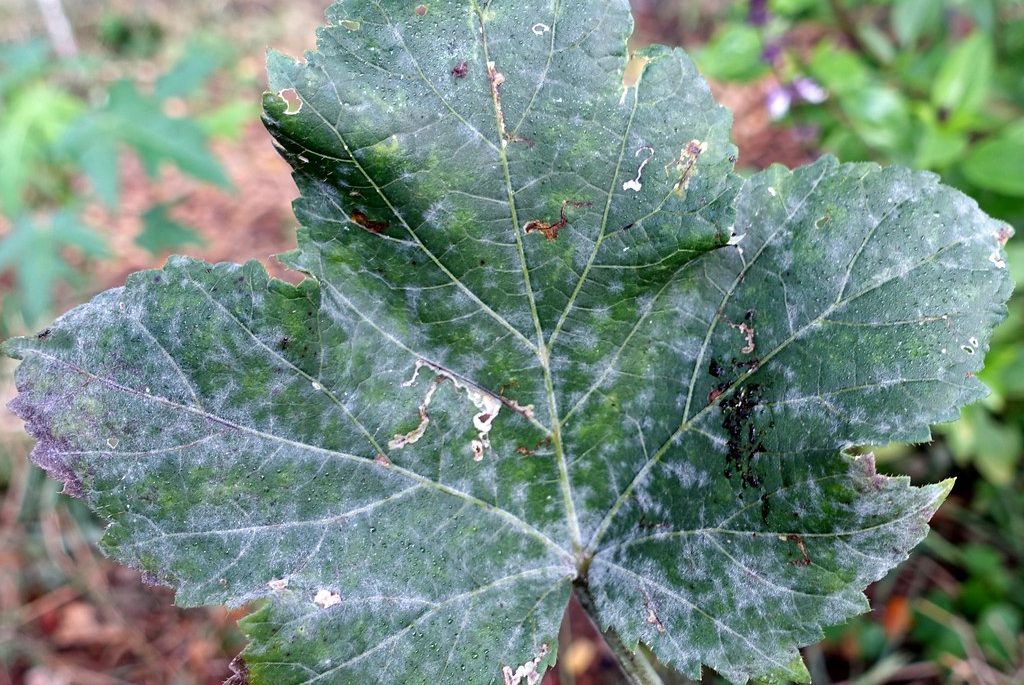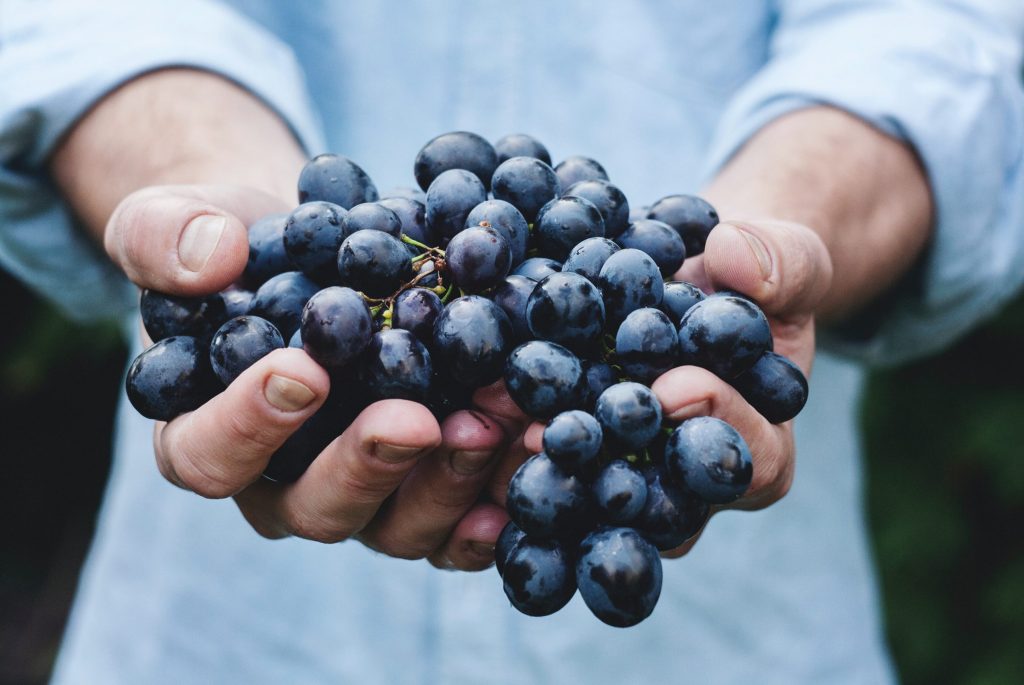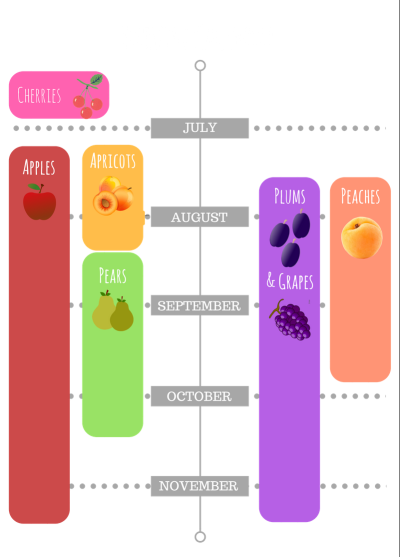Schedule a Harvest with Us!
Because there are so many varieties of grapes, it is hard to estimate when particular grapes may be ripe, so monitor throughout the summer and fall for the signs listed above. We can’t harvest if…
- The load is too low. Must be at least 75 lbs of fruit.
- The fruit is overripe. Must be able to keep long enough to transport, donate, and distribute.
- The fruit is underripe. Grapes will not ripen off of the vine.
